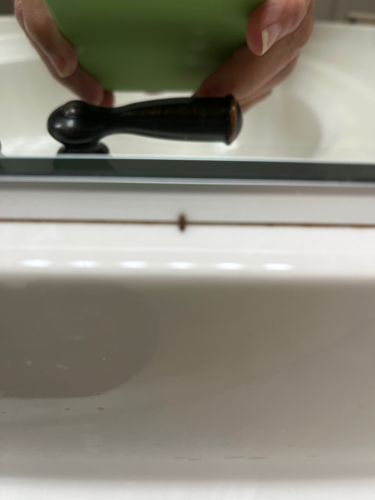Drain Fly / Moth Fly / Filter Fly
Scientific Name: Psychoda spp. (most common genus)
Order & Family: Diptera (Order), Psychodidae (Family)
Size: Typically small, ranging from 1.5 to 5 mm (0.06 to 0.2 inches) in length.

Natural Habitat
Commonly found in damp areas with stagnant water and decaying organic matter, such as bathroom and kitchen drains, sewage treatment plants, septic tanks, compost piles, and wet basements. They are attracted to the microbial film that builds up in these locations.
Diet & Feeding
Larvae feed on organic matter, algae, fungi, and bacteria found in the gelatinous film that accumulates in drains, sewage systems, and other damp environments. Adult flies typically do not feed on solid food; some may consume liquids like nectar or water.
Behavior Patterns
Drain flies are most active at night and tend to rest on walls and ceilings during the day. They are weak fliers and often appear to hop or make short, erratic flights. Females lay eggs in moist organic matter, and larvae develop quickly, often feeding on the microbial film found in drains and pipes.
Risks & Benefits
Risks: Primarily a nuisance pest, especially in bathrooms and kitchens. They do not bite or transmit diseases directly to humans. However, large infestations can indicate problems with plumbing or sanitation, as their presence means there is decaying organic matter. Benefits: In larger ecosystems, their larvae play a role in breaking down organic matter.
Identified on: 8/23/2025